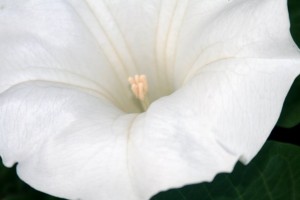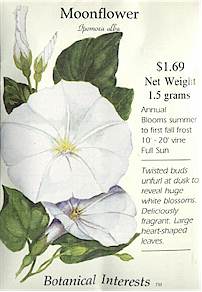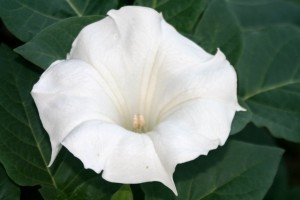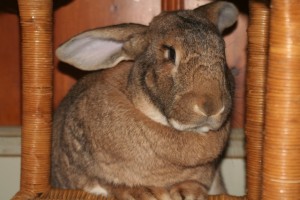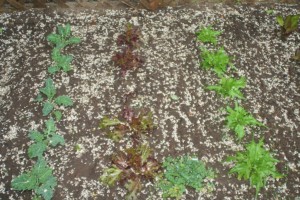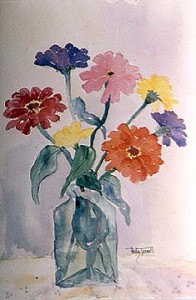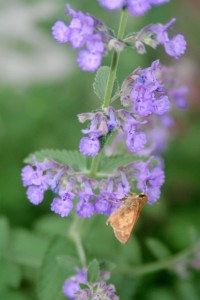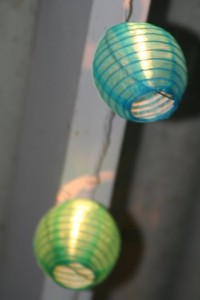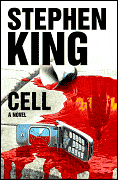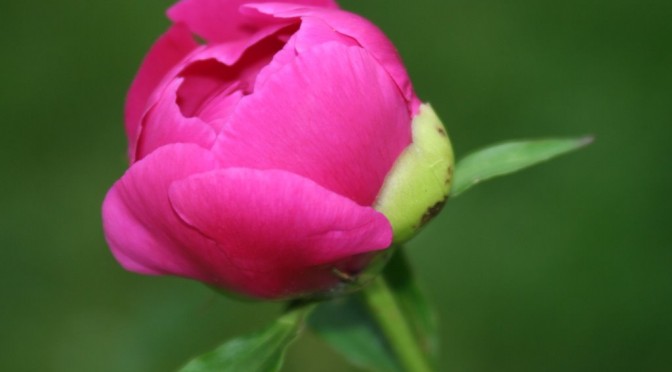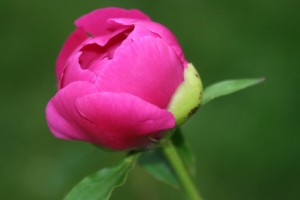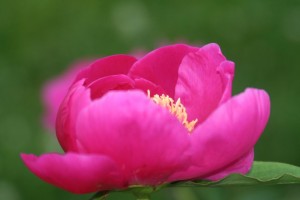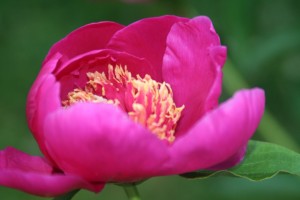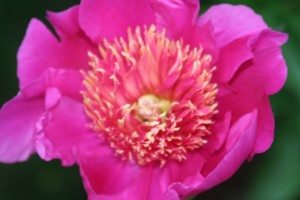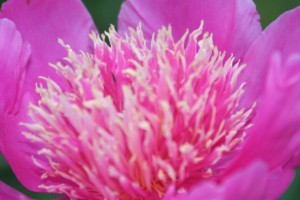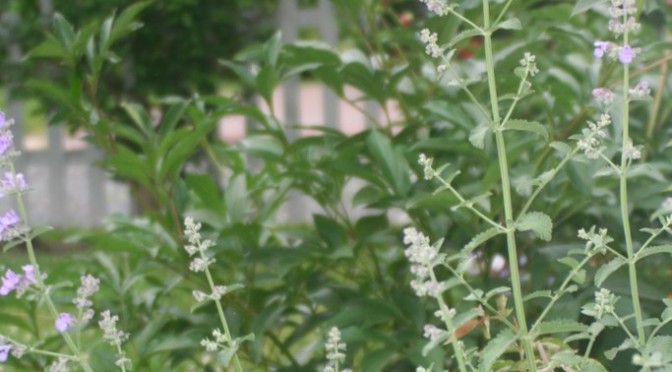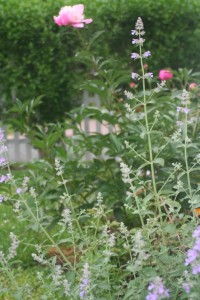
“June is the year at the altar, a bride with a bouquet of roses and forget-me-nots, veiled with morning mist and jeweled with dew, gowned with sunrise and romantic as a full moon. June is cornflower-blue and day-lily gold and white lace of daisies in the field. June is bridal wreath and mock orange and the scent of sweet peas on the garden fence.
June is time settling down to the business at hand, which is growth and maturity after the lush preparations when all the trees were leafing out and all the meadows were full of fine new grass and spring beauties and bluets. The rush is past. Now comes the more leisurely time, the June pause to catch up, before the drive of July urges seeding and podding and fruiting. June even has time to think about such matters, if one is not a farmer whose hay must be cut and mowed away.
June is strawberries, red and juiceful and tantalizing to man and bird. June is peas in the garden, late June, for the favored gardener. June is first lettuce and baby beets, and string beans in blossom and susceptible to both beetle and blight. June is corn, both sweet and field varities, pushing green bayonets toward the sun. June is scallions.
June is a wren outside the window, bursting with song at 5 a.m. June is the flash of an oriole’s wing, the throb of his song in mid-morning. June is a wood thrush at evening, the sweetest contralto of them all.
June is a peony and a lazy bumblebee and a thunderstorm and a small boy chasing a butterfly. June is soft laughter in the silken dusk and soft starlight over a world where life is good.” Hal Borland, Sundial of the Seasons

